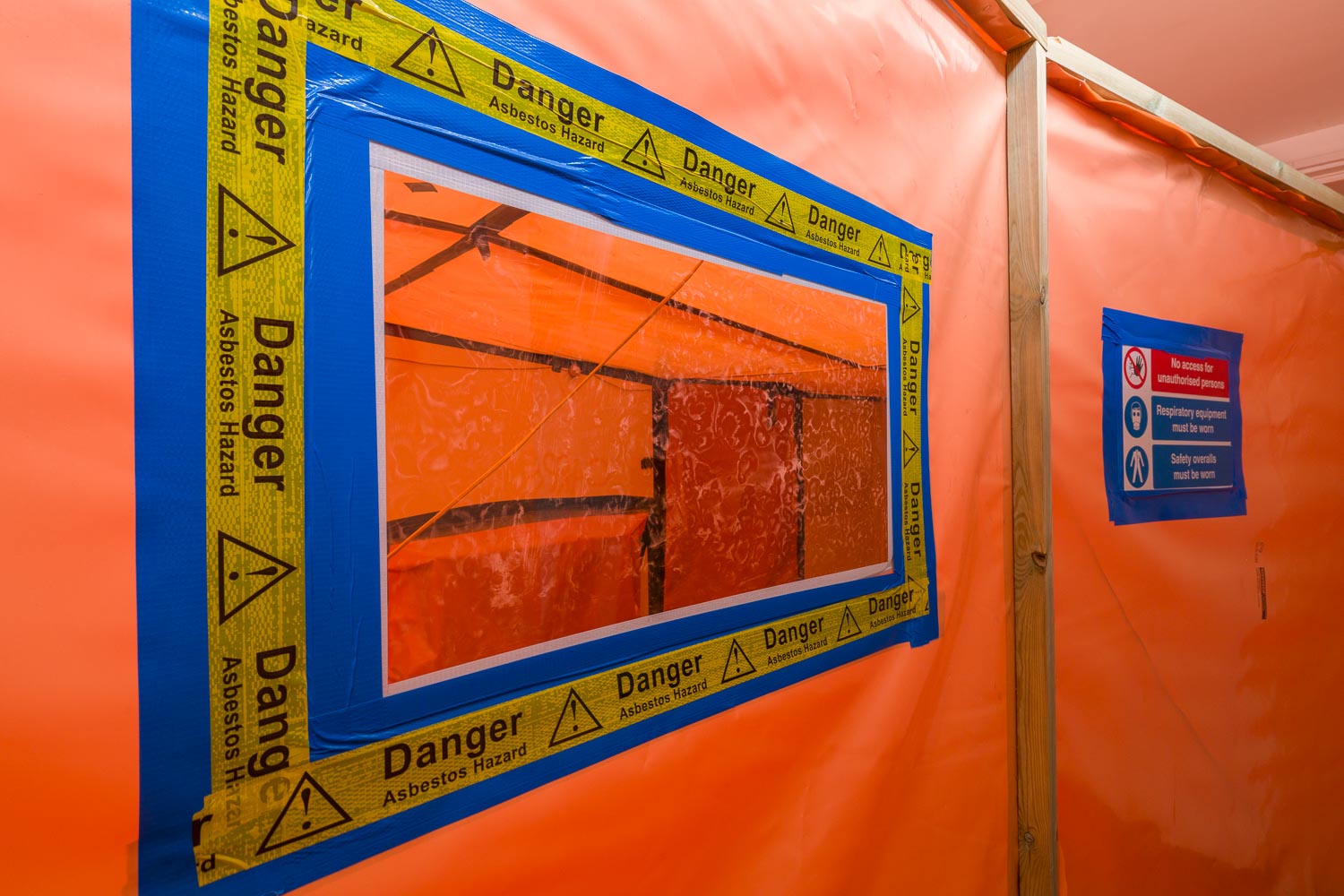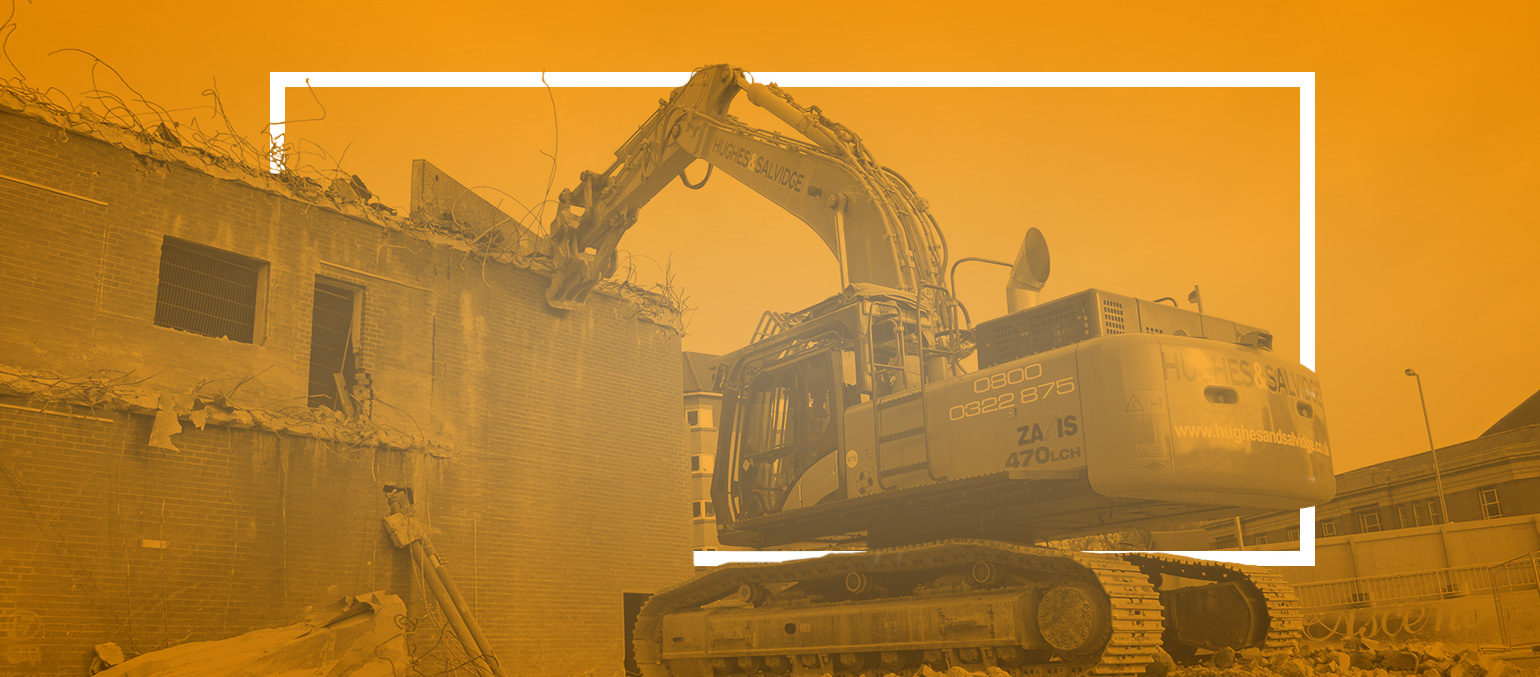Section 80 Demolition Notice: What Is It & Do You Need One?
Nicola Wallace 15th March 2022
The Section 80 Demolition Notice is a crucial step in the demolition process, and a demolition project can’t start without it. With this in mind, it’s important that you familiarise yourself with the steps involved in completing and submitting the Section 80 Demolition Notice.
We’ve created a helpful guide outlining everything that you need to know about the Section 80 Demolition Notice.
What is a Section 80 Demolition Notice?
The Section 80 Demolition Notice, which is featured in the 1984 Building Act, is also known as the Notice of Intended Demolition.
This means that, when there is an intention to demolish the whole or part of a building, the person or persons responsible will need to inform the Local Authority what they are planning to do before the work is carried out.
There are three exemptions that do not require a Section 80:
- A notice does not need to be submitted for a shed, greenhouse, conservatory, prefabricated garage, or any building which has a cubic content of less than 1,750 cubic feet.
- Section 80 is not required if the demolition is the result of a demolition order.
- A notice does not need to be submitted if the demolition is for an agricultural building, as stated in Schedule 5 of the Local Government Finance Act 1988, unless it is attached to another, non-agricultural building.
How do I submit a Demolition Notice?
To submit a Section 80 Demolition Notice, you will need to apply in writing to the Local Authority, specifying the building that you are intending to demolish and what specific works are being carried out.
The notice will also need to be sent to anyone who occupies a building adjacent to the one that is being demolished, the National Grid, and the Electricity Board that supplies the building with power.
You may also need to secure planning permission or prior approval for the building.
The Section 80 must be given at least six weeks before the intended demolition date. The Local Authority will then have ample time to respond.
What information do you need to include in a Section 80 Demolition Notice?
When submitting your Section 80 Demolition Notice, it is important that you provide the following information:
- The building you are intending to demolish
- The scope of works that you plan to carry out
You will also have to contact any adjacent buildings, the National Grid, as well as the Electricity Board that is providing power to the building you are demolishing.
How long does it take for a Section 80 Demolition Notice?
Once you have submitted the Section 80 to the Local Authority, you will need to wait for approval before you can start work on the demolition. This can take up to six weeks.
The Local Authority may serve a Counter-Notice under Section 81 of the Building Act 1984. If this is the case, any work will be suspended until the works outlined have been completed.
If your Local Authority does not issue a Section 81 Notice, you can start the demolition after six weeks.
What happens if you do not complete a Section 80 Demolition Notice?
If you fail to complete a Section 80 Demolition Notice, you could face a significant fine and conviction under the 1984 Building Act.
An example Section 80 Demolition Notice
SECTION 80 BUILDING ACT 1984
NOTICE OF INTENDED DEMOLITION
I (1) ……………………………………………………………………………………………………………………………………………………
of (2) …………………………………………………………………………………………………………………………………………………
hereby give [Local Authority] notice that I intend to demolish a building known as
(3)………………………………………………………………………………………………………………………………………………
The works of demolition intended to be carried out are as follows: –
(4)
[Local Authority Name and Address]
This is what you will need to fill in for each section:
- Insert your name, either company name or personal name
- Insert address of company or personal address
- Give the address of the building to be demolished
- Give all necessary details, including a site plan which indicates the building that will be demolished, a brief description of the type, size and construction of the building, and the demolition works that will be undertaken.
What to do if you receive a counter-notice?
If you are served a Counter Notice under Section 81 of the Building Act 1984 by the Local Authority, all demolition work will need to be suspended with immediate effect until the following list below have been completed.
And, once you have sent your Notice of Intended Demolition to your Local Authority, you will need to wait for a period of time before you can start work on the demolition. The time period will depend on how the Notice is received.
The Counter Notice may ask you to complete the following work:
- Shore up any building adjacent to the property marked for demolition.
- Weatherproof any surfaces of an adjacent building that will be exposed by the demolition.
- Ensure that the necessary companies have been contacted to disconnect gas, electricity and water.
- Make appropriate arrangements for the burning of any structures or materials.
- Take appropriate steps to protect the public and preserve the public amenity during the demolition and afterwards.
- Repair any damage that an adjacent building has sustained due to the demolition work.
- Remove any material or rubbish created by the demolition.
- Disconnect and seal any sewer or drain under the demolished building.
- If any sewers or drains are removed, the remaining connections should be sealed.
- Make good the surfaces of the ground disturbed by sewer or drain removal and sealing.
Find out more
Do you have a building you need demolished but don’t have time to go through all the admin yourself? At Hughes and Salvidge, we provide a wide range of demolition services and can take your project all the way from proposals, budgets and planning, to the final project completion. Get in touch to find out more.
Note* - Post updated as of March 2022



